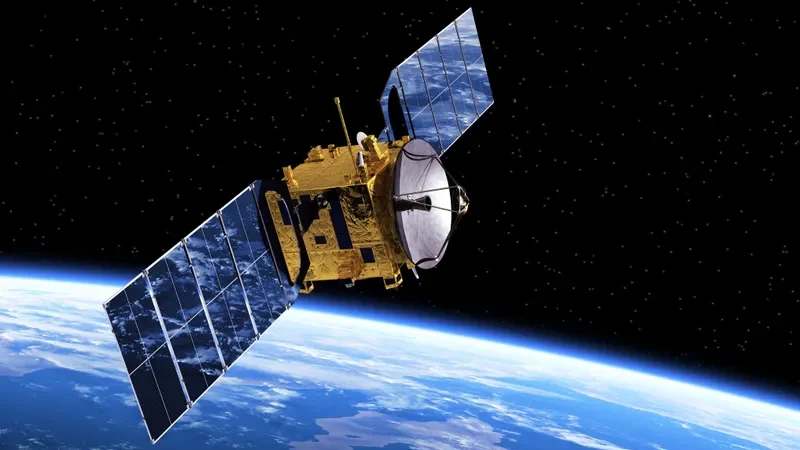By: Jordan Buck, 2024-08-18
Back in March of this year, NASA had announced that the On-Orbit Servicing, Assembly, and Manufacturing (OSAM) 1 mission is to be cancelled. The given reason was cost overruns, schedule delays, and noncommittal partners. All work is to be finished by the end of fiscal year 2024. The 2024 appropriations bill released shortly after the cancellation earmarked funds for the OSAM-1 for launch in 2026. This launch could be accomplished through reducing the scope and removing some capabilities, but further continuation reviews should be held to determine the path forward. In other words, even though the funds were allocated for the attempt, NASA could not see a path forward for a successful mission, and instead chose to disband. More recently, Intuitive Machines hinted in their Q2 earnings call last week that their company had developed a path forward within the original cost and schedule constraints the appropriations bill set forth. The initial task of Intuitive Machines was to determine what it would take to ramp the project down, but they also looked at ways to save the day. This is where the path forward was discovered, discussed, and briefed to NASA. But there has been no official decision on whether the cancellation will be backtracked.
Cybersecurity
In terms of cybersecurity implications this is quite an interesting case especially if the OSAM mission continues as planned. An on-orbit servicing satellite that a threat actor could access would open a completely new attack surface for any LEO satellite. Given that the baseline assumption currently for spacecraft is that they are isolated and cannot be physically interfaced to, there may be certain access points that are unprotected. This could include troubleshooting ports or physical connector interfaces or even wireless access points. If careful consideration is not paid to defend against a physical attack in the early design stages, then the spacecraft has a vulnerability. Additionally, a physical vulnerability would be difficult to protect against, unless you were to send up your own secondary satellite to service the first with more robust hardware upgrades. In terms of planning for mitigating cost and schedule overruns, cybersecurity may not be at the forefront of the regulators’ minds when it comes to this mission. Therefore, any attempts to speed up the schedule may also eliminate critical time otherwise used to implement cybersecurity measures and leave the spacecraft vulnerable. Even though the OSAM-1 mission has not been officially reinstated, satellite rendezvous is an up-and-coming method that will need to be considered and protected against in the future.
